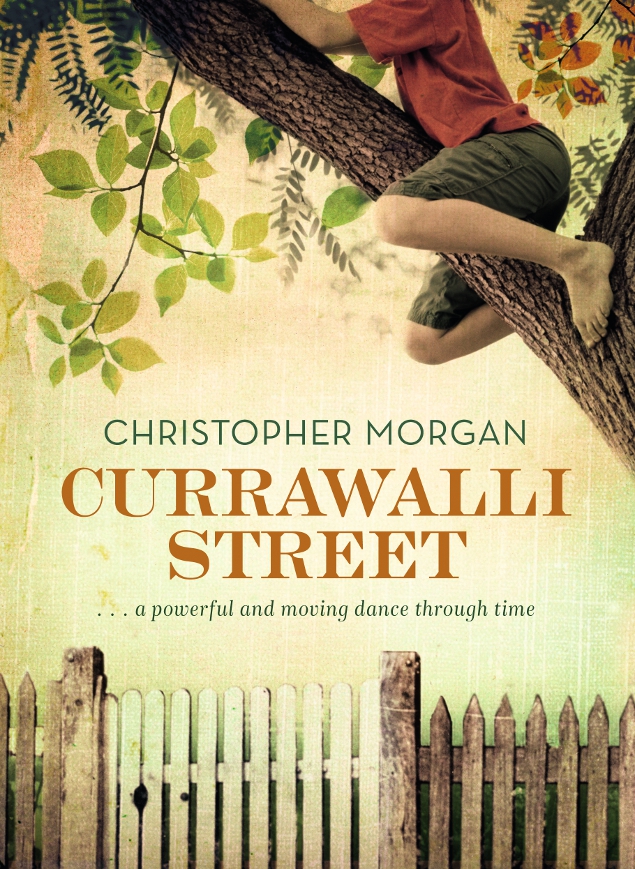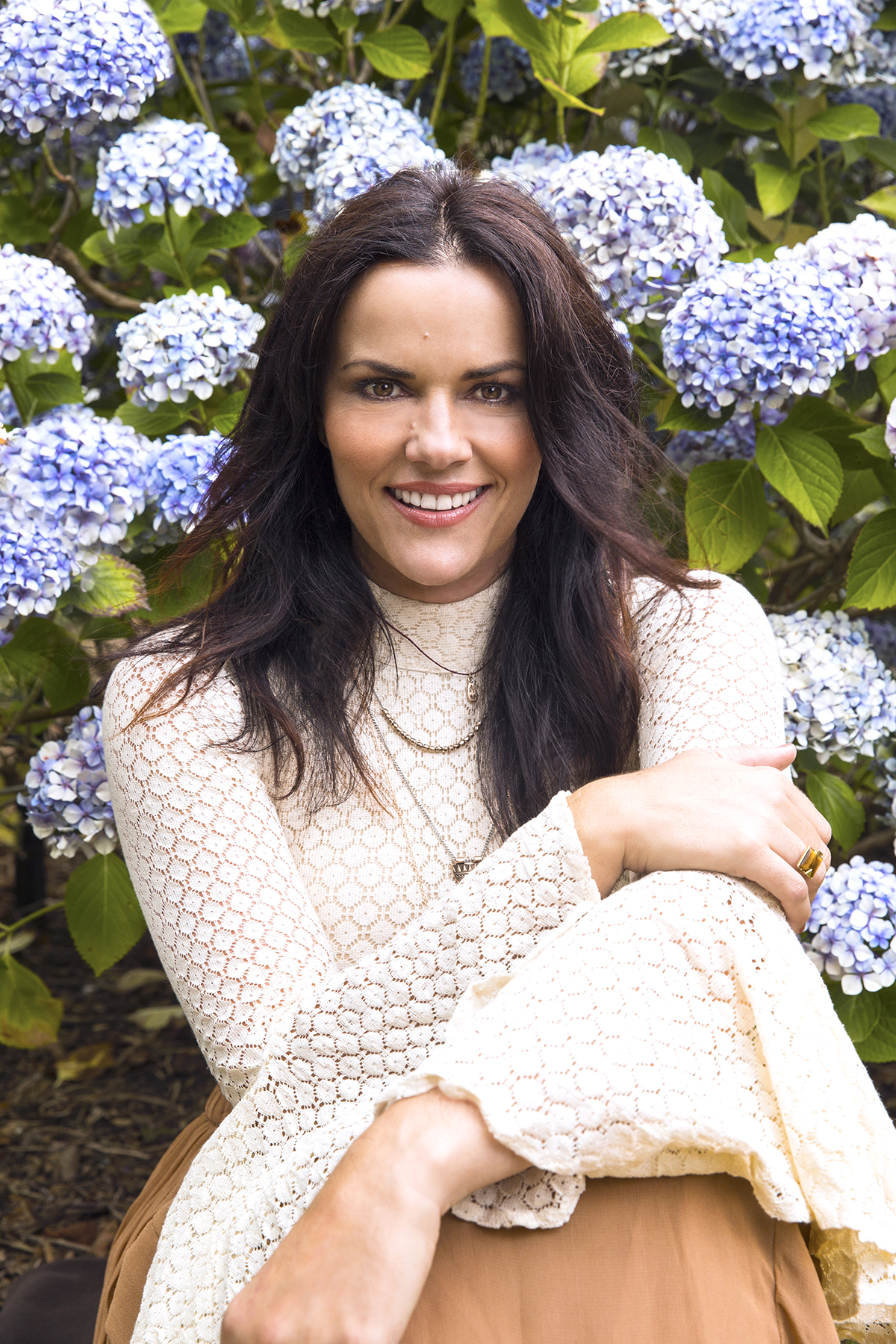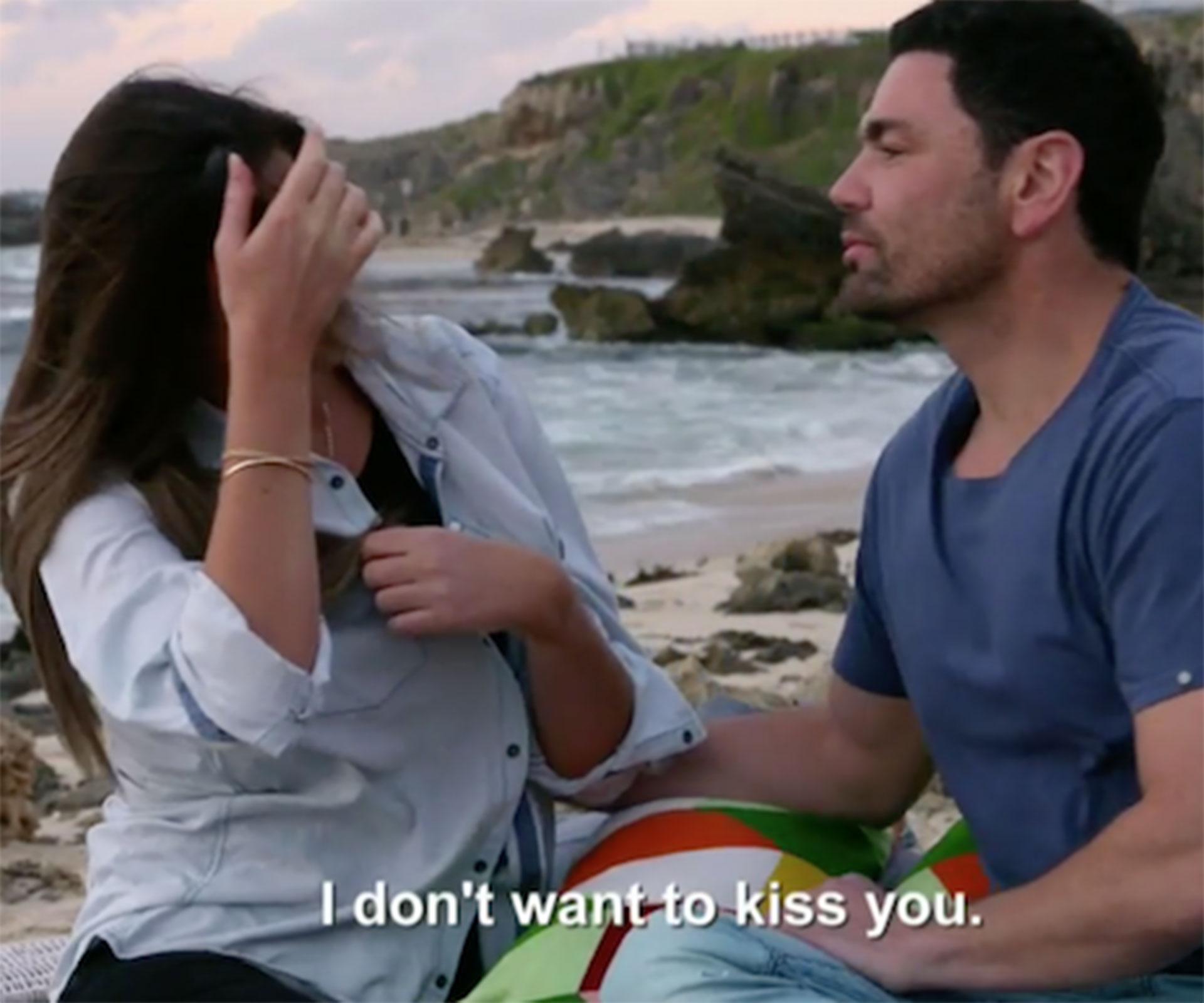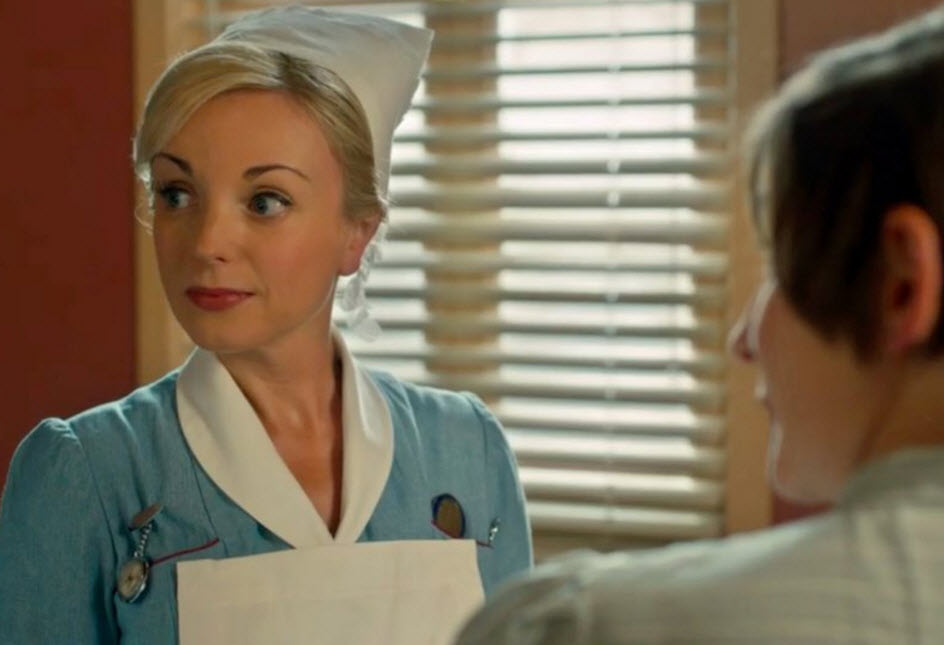Currawalli Street
Christopher Morgan – Allen & Unwin
A book that’s been dubbed an “Australian classic in the making” by its publisher has a lot to live up to. Currawalli Street, the new novel from Melbournian Christopher Morgan, has book-lovers across the Tasman in a flutter. It certainly is ambitious in its scope.
In two parts, the book spans from 1913 – just prior to the onset of World War I – to 1972, during the height of Australia’s entanglement in the Vietnam War. It offers a look into the lives of the residents of Currawalli St, on the outskirts of Melbourne.
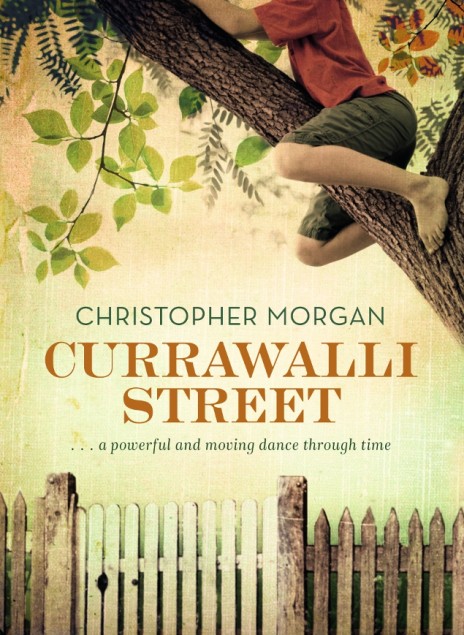
The first part of the novel, before World War I, follows a collection of neighbours on the street, which, at the time, is a rural Victorian enclave, serviced only by train or horseback. Thomas, the young rector of the conservative country town, is falling in love with a friend and out of love with his faith.
Meanwhile, his sister, Janet, a “spinster” already in her mid-twenties, is also hiding a deep secret. And Johnny is a former farmer’s son, now working as a painter and enjoying newlywed life with his wife, Kathleen. This simple-living, provincial backwater is soon disturbed by the looming threat of war and the departure of its men to fight in faraway lands.
In the second part of the book, we are introduced to soldier Jim, the grandson of the long-dead Johnny and Kathleen, who has returned to the now-suburban Currawalli St from the horrors of Vietnam to a personal tragedy of his own.
Struggling to integrate back into the world he left behind, Jim is haunted by memories of the war and of his childhood. Slow-moving and delicately written, Currawalli Street is more than just a book about war. It’s a satisfying meditation on Australian history and it’s slow crawl from the land of country cobbers and sheilas to the modern country it is today.
